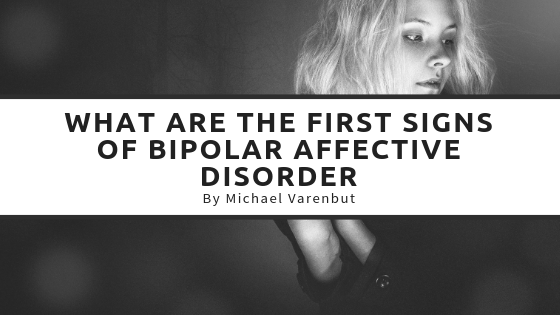Bipolar affective disorder is one of the most commonly misdiagnosed mental illnesses, as often symptoms can defy what is expected from the manic-depressive sequence. People with bipolar disorder, at the very barebones understanding of the disorder, have cycles of elevated and depressed mood. Because symptoms can defy what is often held at the heart of being characteristic, depression and substance abuse or other mental disorders can interfere with diagnosis.
The most common symptoms of bipolar disorder, on a mood level, include mood swings, sadness, anger, anxiety, apathy, euphoria, guilt, and more. This presents behaviorally in irritability, risk-taking behaviors, hypersexuality, hyperactivity, overspending, impulsivity, excessive crying, and more. Cognitively, it includes unwanted thoughts, delusion, and racing thoughts, to name a few.
Bipolar disorder is often commonly mistaken as major depressive disorder because usually, a person’s time with depression symptoms outweighs their time with mania symptoms. As many as 20% of people reporting depressive symptoms to their doctor have bipolar disorder. cOn average, it takes ten years for people experiencing symptoms to enter treatment because of this delay of diagnosis.
As previously mentioned, these symptoms can be muddled and worsened by substance abuse. Statistically, as many as 60% of people with bipolar disorder also abuse drugs or alcohol. This can either occur as part of the impulsivity of mania, or as an independent condition, which requires its own treatment. Substance abuse can induce and make episodes more frequent or severe.
Bipolar disorder most commonly begins to show signs when a person is in their late teenage years. Often, this as well is misdiagnosed as either disruptive mood dysregulation disorder because symptoms, in the beginning, may not meet the full diagnostic criteria. Other times, ADHD, anxiety disorders, and substance abuse can cloud the picture, challenging the diagnosis even further.
Another point that poses a complication is that, often, these symptoms can occur in healthy teens and adults without necessarily equating to bipolar disorder. It becomes a concern when they form a pattern and begin to interfere with everyday life. This article is just an introduction to some of the signs, symptoms, and statistics surrounding bipolar disorder. It is not equal to seeing a psychologist, psychiatrist, or other mental health professionals for precise diagnosis and treatment.

